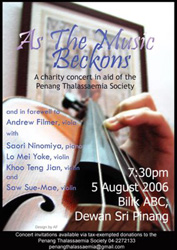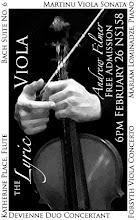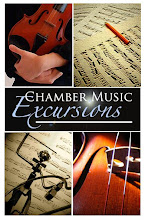Benefits
Some of the most important things seem to also be the most basic, and one clear example is playing with a straight bow. There are times when it does help to do the opposite – which will be discussed later – but that being said, starting off with a straight bow has many benefits. Of these advantages, Prof. Tony Devroye has directly or indirectly illustrated the following:
1. Having the point of most resistance between the bow and the string, creating the strongest sound,
2. More control in how far the bow is from the bridge, which translates to better control in tone quality, and thus
3. Not losing sound at the tip of the bow.
Practice Techniques
There are various ways of practicing playing with a straight bow, the most common idea being placing a bright object in the right place on the floor and aiming the arm/bow for it when practicing. This is a more visual method.
Another approach, suggested by Prof. Devroye is that when playing with a straight bow, the arm should feel like it is going away or stretching away from the body – a physical method to feeling that the arm is doing the right thing.
I have often thought of the issue as also a psychological one. Let us first look at the correct straight arm:

Which also shows a rectangular shape while at the upper half of the bow. Then let us look at what happens when a bow arm that is not straight, but rather following the curve of the arm around the body.

If No. 1 shows the regular curve of the arm which results in a bow that is not straight as we can see. No. 2 is once again the correct movement, and to achieve this one might try to think of doing No. 3 in order to get things correct and balanced out. It is something like playing something consistently flat – sometimes you have to think sharp in order to play in tune. The mind’s calculation as to what is correct is not quite the same as reality, so an adjustment in the thinking may be necessary. In my opinion, a lot of violin and viola playing is about recognizing certain unnatural things about the instruments, and adjusting certain instincts.
Another popular study technique is to play one note at the frog of the bow, jump to the end and play a note at the tip, making sure to get the same quality of sound for both. Some teachers may use scales for this, others might suggest adapting certain studies like Kreutzer No. 7 or even the one in Suzuki Book 5. The idea is illustrated here:

A simpler version of this, which I’ve found useful, is to just play long notes strarting right at the tip of the bow, making sure the bow starts in the best place on the string:

From there, play a long note to the frog, taking care to maintain the same kind of sound quality, stop and start at the tip again. Kreutzer No. 4 is also useful, taking care to use the whole bow.
Exceptions
I believe it was Primrose himself who said that one has to learn the rules before learning how to break them, when he mentioned the times when playing with a not-so-straight bow can be useful. The idea has been around quite a while, David Dalton quoting it as being “playing around the corner”, if I am not mistaken. Applied along with the idea of the Figure of 8, playing with a slightly curved bow at the tip of the bow can be used to smoothen out sound when necessary.
So, while it would be better to play with a straight bow in something like the first movement of Bach’s Violin Concerto No. 2 in E, a curved bow could be useful in something like changing bows within the long note in the opening of Bach’s Air on the G String.
It has also been of some musicians' opinion that people with shorter arms would have to curve the bow – though the dissenting opinion is that these people do not need to go to the very tip of the bow; that the tip is relative to each person and not necessarily the very end of the bow.






No comments:
Post a Comment